Jun 15th - Jun 20th, 2017
HFLS H2Z ZJU
Public Survey About Pickle and Food Safety
Public Survey About Pickle and Food Safety
At the early stage of our project design, we conducted a survey by handing out questionnaires to classmates, parents and fellows in our school. The questionnaire has seven questions about pickled food, and five questions about using bacteria in food production. We hope to have a view of comsumers' opinion and improve our project accordingly, as our ultimate goal is to improve pickle manufacture in industry. See the results below:
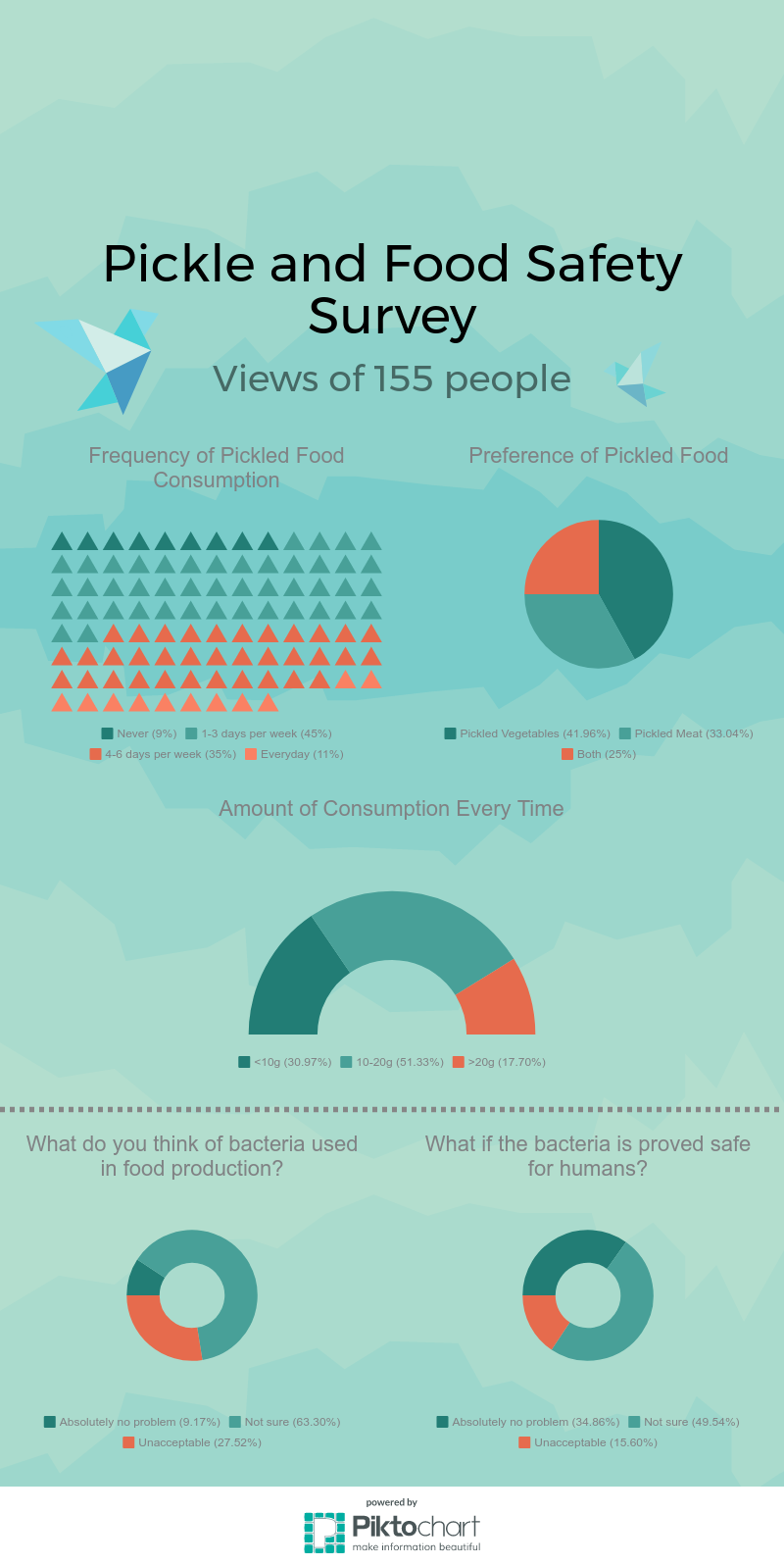
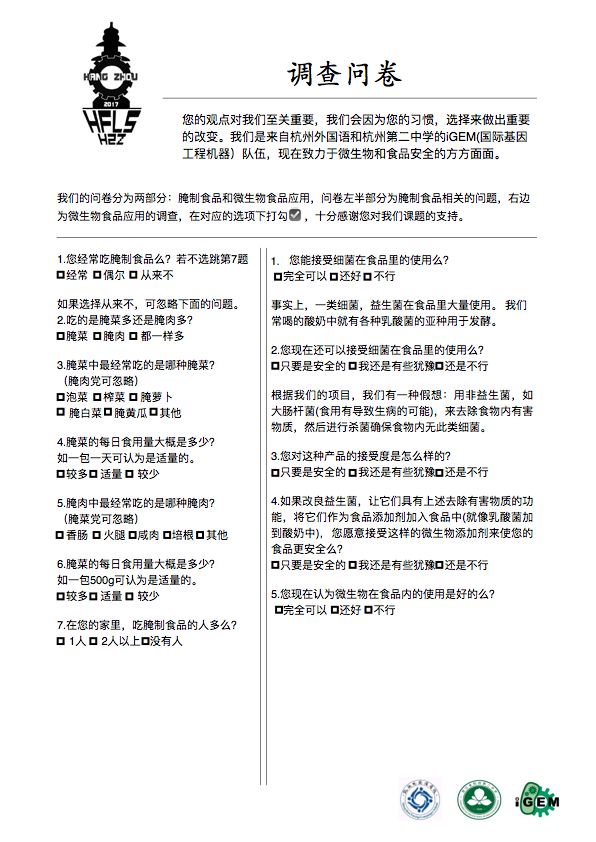


Show more
Jun, 2017
Hangzhou, China
Our Own Souvenirs
Our Own Souvenirs
We appreciate a full experience with iGEM, so we decided to make our own souvenirs!
We designed caps and accessories with competition and team's logo. We also elaborated caps with logo for ZJU-China, our fellow collegiate team.
We designed notebooks to write down our own idea and promote this competition when conducting human practice activities.

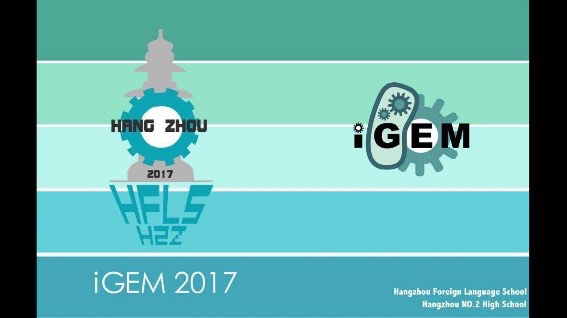
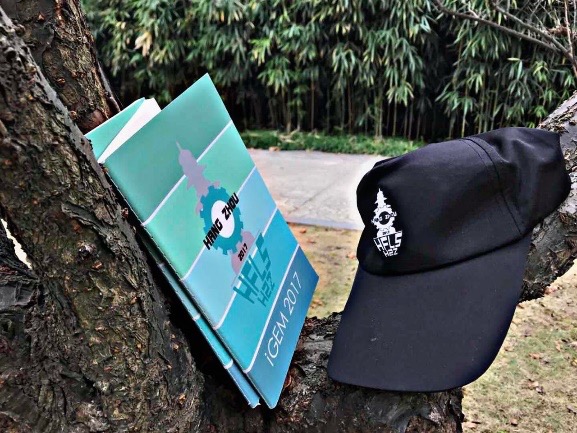



Show more
Jul 3rd, 2017
Zhejiang University, China
Interview with a Professor at Zhejiang University
Interview with a Professor at Zhejiang University
We conducted an interview with Hu Xiaoyun, the professor at Zhejiang University, about her opinions on synthetic biology and biosafety. Professor Hu started to pay close attention to the development of synthetic biology at an early stage, and she wrote a proposal to raise the awareness for this area. As a professor from the Faculty of Medicine, most of her thoughts and concerns were about mammals, such as genetic editing of embryos and in vivo experiments. She also underlined the potential risk of biological weapon, whose effect would be hugely disastrous for the whole society.
Since we chose a strain of bacteria as our chassis, and bacteria are the most thoroughly researched and widely used, we asked Professor Hu about synthetic biology on microorganisms. Her feeling was, although it has been developing rapidly in the past few years, most of the methods are yet to be applied in large scale, so it is still unheard-of for the majority of people. For governments, since the long-term effect remain unknown, they cannot issue new regulations. This leads to a potential problem: if laboratories or individuals use illegal sources of organisms, or the material is not properly disposed, it might do harm to the human health and environment.
The problem of biosafety cannot be solved without the effort from authorities and academia, as well as the understanding of the general public. After the interview, we became more determined to organize and improve the outreach activities for students.
Through this experience, we gained more understanding about biosafety, and think it is an extremely important topic.
Since we chose a strain of bacteria as our chassis, and bacteria are the most thoroughly researched and widely used, we asked Professor Hu about synthetic biology on microorganisms. Her feeling was, although it has been developing rapidly in the past few years, most of the methods are yet to be applied in large scale, so it is still unheard-of for the majority of people. For governments, since the long-term effect remain unknown, they cannot issue new regulations. This leads to a potential problem: if laboratories or individuals use illegal sources of organisms, or the material is not properly disposed, it might do harm to the human health and environment.
The problem of biosafety cannot be solved without the effort from authorities and academia, as well as the understanding of the general public. After the interview, we became more determined to organize and improve the outreach activities for students.
Through this experience, we gained more understanding about biosafety, and think it is an extremely important topic.
Show more
Jul 8th, 2017
ZAST, China
Biological Education for Kid
Biological Education for Kid
We organized a STEM activity for children at Zhejiang Science and Technology Museum with another team from Zhejiang University. We designed various games and experiments which involve science knowledge like transcription, translation, and the double-helix structure of DNA molecules. A lot of kids and their parents participated in these games, and they were so fascinated by the laboratory equipment such as the pipette.
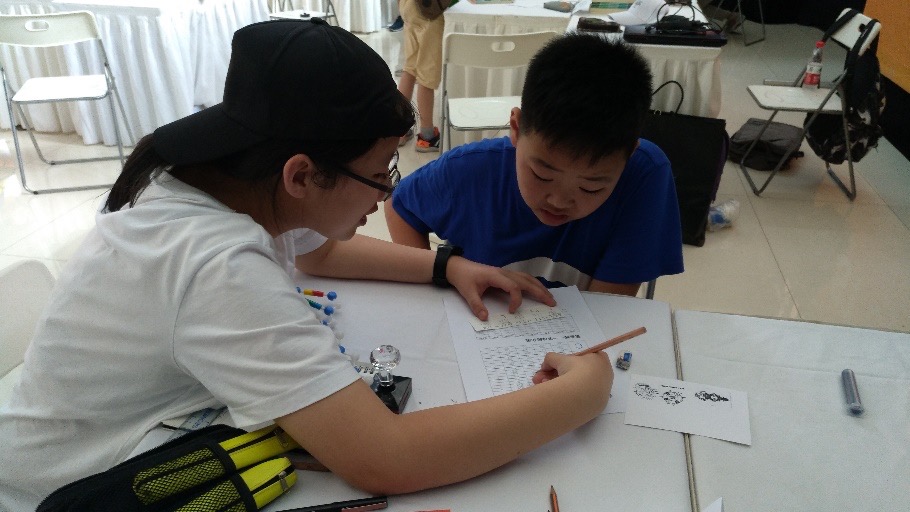
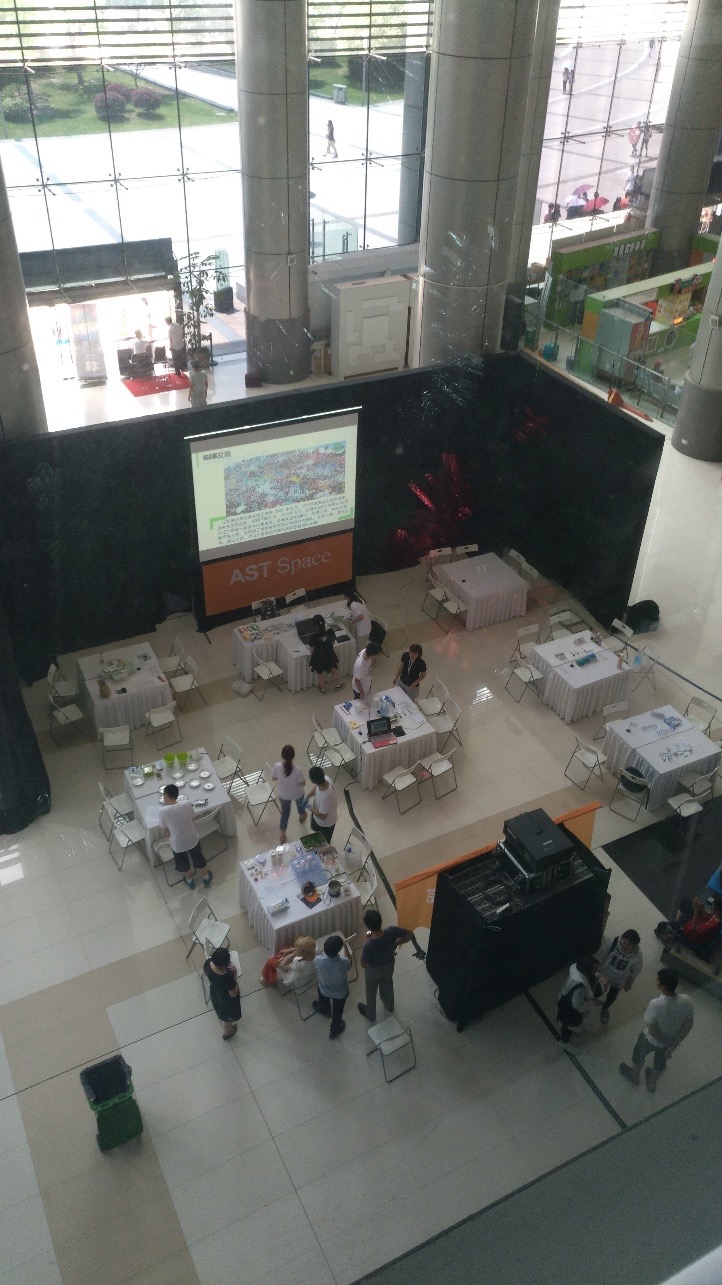
The activity was so well-perceived: nearly 1000 children with parents visited our booths that day. We decided to make our activity a project that is easy to carry out by any party, and offers interesting perspectives on complicated biological facts. The following is our project details.


The activity was so well-perceived: nearly 1000 children with parents visited our booths that day. We decided to make our activity a project that is easy to carry out by any party, and offers interesting perspectives on complicated biological facts. The following is our project details.
Biological Educational Kit
Codon decoding
People can communicate with each other by using our language, what about our body? Do the DNA of our body cells have their own language? Can we translate this ‘DNA language' into ours? Use our specific translating table to decode the secret code.Paring bases
Wondering how the two strains of our DNA match together? Want to know if there is a pattern for our DNA sequence when two strands bind together? Come and try to find the truth by making your own DNA model.Pipette Cocktail
Although the pipette gun is usually used to transfer experimental solutions in the lab, it is actually a quite helpful equipment when preparing a cup of cocktail. Use solutions with different density as our ‘alcohol' and test tubes as our cups, made your own pipette cocktail. So next time when you go to the pub, try to tell the bar tender:' Martini, gin, not vodka, obviously. PIPETTE for 10 seconds while glancing it an unopened bottle of vermouth. Thank you.'Show more
Jul 14th, 2017
Zhejiang FDA, China
Interview Concerning Biosafety with Zhejiang FDA
Interview Concerning Biosafety with Zhejiang FDA
We are concerned with the public opinion about the application of synthetic biology. In our visit to Zhejiang Food and Drug Administration, we further conducted a generic interview concerning biosafety. Below are the content of the interview.
Q: Questions from Jianan and Junbo
A: Answers from Dr.Jin
Q: With the rise of synthetic biology, there is an increasing number of drugs being produced by engineering bacteria. For example, streptomycetes are used to produce antibiotics. There are also other bacteria used in testing the presence of certain drugs and chemicals. In the process of drug regulation, would you take into account the approach by which the drugs are produced, for example, by biologically engineered bacteria or by chemical ways?
A: Yes, we certainly do. We basically speculate the outcome impurities by looking at the initial source of the production method of the drugs. The way the drugs are produced has a strong influence on the safety, effectiveness and purity of the drugs. So it's really important for us to have a comprehensive and clear understanding and examination of every single step in the procedure, from the raw material to the product. We set our standards and specific examining procedure according to the ingredients and accessory reagents involved in the production. For instance, we use gas chromatography to detect acetone if that's involved in the production.
Q: Are there any standards or procedures for biological production of drugs?
A: Basically we'll detect if any raw material that could be of potential danger is left in the final product.
Q: If a kind of engineering bacteria is used for production and you've already removed the majority of them in your final products, we would still collect the remaining ones, if there are any. We cultivate them can wait for them to grow into colonies so that we can better examine their safety and effect on human bodies.
A: The impurity profiles of fermentational products are generally more complicated than those from chemical synthesis. We actually pay more attention on detecting organic impurities than the bacteria themselves in biological samples. However, if the engineering bacteria or the enzymes used in the production are proved to be poisonous, they will definitely be controlled in the future. If the bacteria or enzymes are not considered dangerous, we don't necessarily look into or control them.
Q: Are there different examining procedures for different bacteria?
A: Yes.
Q: I heard that there is new molecular approach to detect certain bacteria remaining in the samples by extracting and sequencing the entire DNA presented in the samples. The method has been approved by government but doesn't seem to prevail for the time being.
A: Such way of detection is still under research and investigation currently. It's because if we are going to make something one of the standard ways of detection or regulation, we want to be extremely cautious about that and do the best we can to have a thorough understanding of that. Also, such approach requires specific technology and equipments, which may not be popularized yet. Many institutions basically lack the requirements for such method.
Q: With the increasing dominance of biopharming in the drug production field, more and more drugs produced by genetically engineered bacteria are entering our daily life. However, unlike genetically modified food, which is usually clearly labeled, it's hard to tell the way a drug is produced. Do you see a significant concern among citizens in terms of whether the drug is chemically or biologically produced?
A: Well, it is actually not a specific concern among the citizens. Usually our customers pay more attention to the toxicity of the drugs, which is proved to be under controlled by our previous trials on animals and humans. Customers also concern about the effectiveness of the drug, for example, the durability and the stability. But people don't pay that much attention to the means of production of drugs. But the situation takes a nasty turn when speaking of genetically modified food. People stress the safety of genetically modified food since it accounts for a significant portion of our daily intake, while drugs are more like emergency needs when being ill and are often taken in subtle amounts.
Q: What is the official attitude towards GMOs?
A: It is still a controversial topic indeed and both sides have their own theories and strong reasons. We generally do not hold any distinct disapproval by now as drug administration department.
Q: There are some projects now that focus on engineering bacteria that can be inject in certain part in the human body in order to detect certain pathogens or diagnose a disease. It's currently a cutting edge field and hotspot of research, though it might still take a long time for a well-rounded and standardized system for practical use. Do you think it's worth spreading or further investment?
A: I do believe that such cutting edge technology can do great benefits to people once it grows fully mature. But we have to make sure it's safe before we take a closer look at its effectiveness.
Q: Is drug administered more strictly than technologies?
A: Yes. You always keep exploring and making adjustments to a technology, but the drugs have certain standards and problems like duration of validity.
Q: It seems to me that most regulations or administrations are more focused on the final examination before entering the market, while there is less supervision in the actual process of production and the purpose of the drug. Is that true?
A: Well, not necessarily. We do have some technological guidelines and principles that are required to be follow during the process. They are guidelines rather than regulation, which means they might not always be mandatory. But scientists and companies still have to follow some basic rules and natural laws in order to carry out the whole process successfully.
Q: Well, then what if some scientists or organisations with illegal intensions take advantage of some potentially dangerous or unethical practice in the process despite the fact that their final products do fit in the requirements?
A: We certainly would get control of that.
Q: We actually know that most biological technology companies these days get orders to synthesize a sequence of DNA. They usually take the orders without examining the purpose or potential usage of the sequence of DNA. Aren't there any controls or regulation concerning that problem?
A: Well, I do know that there is related administration, but I'm not familiar with the specific rules and terms. But as the Drug Administration Department, we basically just work on the registered cases.
Q: Are there any administrations for ethical issues in lab practice in China?
A: Our most basic and important ethical issue now is the drug trials on humans. We usually check if the trial is approved by the ethical committee previously, and then we go to the site to see if they are carrying out the trial as the stated in the proposal. But the only prerequisite is that the case has been registered here, otherwise, we have no legal responsibility to look after that.
Q: Questions from Jianan and Junbo
A: Answers from Dr.Jin
Q: With the rise of synthetic biology, there is an increasing number of drugs being produced by engineering bacteria. For example, streptomycetes are used to produce antibiotics. There are also other bacteria used in testing the presence of certain drugs and chemicals. In the process of drug regulation, would you take into account the approach by which the drugs are produced, for example, by biologically engineered bacteria or by chemical ways?
A: Yes, we certainly do. We basically speculate the outcome impurities by looking at the initial source of the production method of the drugs. The way the drugs are produced has a strong influence on the safety, effectiveness and purity of the drugs. So it's really important for us to have a comprehensive and clear understanding and examination of every single step in the procedure, from the raw material to the product. We set our standards and specific examining procedure according to the ingredients and accessory reagents involved in the production. For instance, we use gas chromatography to detect acetone if that's involved in the production.
Q: Are there any standards or procedures for biological production of drugs?
A: Basically we'll detect if any raw material that could be of potential danger is left in the final product.
Q: If a kind of engineering bacteria is used for production and you've already removed the majority of them in your final products, we would still collect the remaining ones, if there are any. We cultivate them can wait for them to grow into colonies so that we can better examine their safety and effect on human bodies.
A: The impurity profiles of fermentational products are generally more complicated than those from chemical synthesis. We actually pay more attention on detecting organic impurities than the bacteria themselves in biological samples. However, if the engineering bacteria or the enzymes used in the production are proved to be poisonous, they will definitely be controlled in the future. If the bacteria or enzymes are not considered dangerous, we don't necessarily look into or control them.
Q: Are there different examining procedures for different bacteria?
A: Yes.
Q: I heard that there is new molecular approach to detect certain bacteria remaining in the samples by extracting and sequencing the entire DNA presented in the samples. The method has been approved by government but doesn't seem to prevail for the time being.
A: Such way of detection is still under research and investigation currently. It's because if we are going to make something one of the standard ways of detection or regulation, we want to be extremely cautious about that and do the best we can to have a thorough understanding of that. Also, such approach requires specific technology and equipments, which may not be popularized yet. Many institutions basically lack the requirements for such method.
Q: With the increasing dominance of biopharming in the drug production field, more and more drugs produced by genetically engineered bacteria are entering our daily life. However, unlike genetically modified food, which is usually clearly labeled, it's hard to tell the way a drug is produced. Do you see a significant concern among citizens in terms of whether the drug is chemically or biologically produced?
A: Well, it is actually not a specific concern among the citizens. Usually our customers pay more attention to the toxicity of the drugs, which is proved to be under controlled by our previous trials on animals and humans. Customers also concern about the effectiveness of the drug, for example, the durability and the stability. But people don't pay that much attention to the means of production of drugs. But the situation takes a nasty turn when speaking of genetically modified food. People stress the safety of genetically modified food since it accounts for a significant portion of our daily intake, while drugs are more like emergency needs when being ill and are often taken in subtle amounts.
Q: What is the official attitude towards GMOs?
A: It is still a controversial topic indeed and both sides have their own theories and strong reasons. We generally do not hold any distinct disapproval by now as drug administration department.
Q: There are some projects now that focus on engineering bacteria that can be inject in certain part in the human body in order to detect certain pathogens or diagnose a disease. It's currently a cutting edge field and hotspot of research, though it might still take a long time for a well-rounded and standardized system for practical use. Do you think it's worth spreading or further investment?
A: I do believe that such cutting edge technology can do great benefits to people once it grows fully mature. But we have to make sure it's safe before we take a closer look at its effectiveness.
Q: Is drug administered more strictly than technologies?
A: Yes. You always keep exploring and making adjustments to a technology, but the drugs have certain standards and problems like duration of validity.
Q: It seems to me that most regulations or administrations are more focused on the final examination before entering the market, while there is less supervision in the actual process of production and the purpose of the drug. Is that true?
A: Well, not necessarily. We do have some technological guidelines and principles that are required to be follow during the process. They are guidelines rather than regulation, which means they might not always be mandatory. But scientists and companies still have to follow some basic rules and natural laws in order to carry out the whole process successfully.
Q: Well, then what if some scientists or organisations with illegal intensions take advantage of some potentially dangerous or unethical practice in the process despite the fact that their final products do fit in the requirements?
A: We certainly would get control of that.
Q: We actually know that most biological technology companies these days get orders to synthesize a sequence of DNA. They usually take the orders without examining the purpose or potential usage of the sequence of DNA. Aren't there any controls or regulation concerning that problem?
A: Well, I do know that there is related administration, but I'm not familiar with the specific rules and terms. But as the Drug Administration Department, we basically just work on the registered cases.
Q: Are there any administrations for ethical issues in lab practice in China?
A: Our most basic and important ethical issue now is the drug trials on humans. We usually check if the trial is approved by the ethical committee previously, and then we go to the site to see if they are carrying out the trial as the stated in the proposal. But the only prerequisite is that the case has been registered here, otherwise, we have no legal responsibility to look after that.
Show more
Aug 10th, 2017
Sofitel Hotel, Hangzhou, China
TEDxYouth@Hangzhou
TEDxYouth@Hangzhou
We were invited as student speakers at TEDxYouth@Hangzhou. During the event, we stood out as the only group of speakers whose talk was directly related to science and technology. To fit the general theme of the event— “Distance”, our talk was titled “Synthetic Biology—What's the Distance between Humans and the God?”. We discussed the principles, applications and risks about synthetic biology, and we also introduced our iGEM project. Nearly 200 people attended the event. Although most of them had never heard of synthetic biology before, they showed great interest in our talk, especially our own research. It was a great honor for us to facilitate the effective communication of science to laypersons.
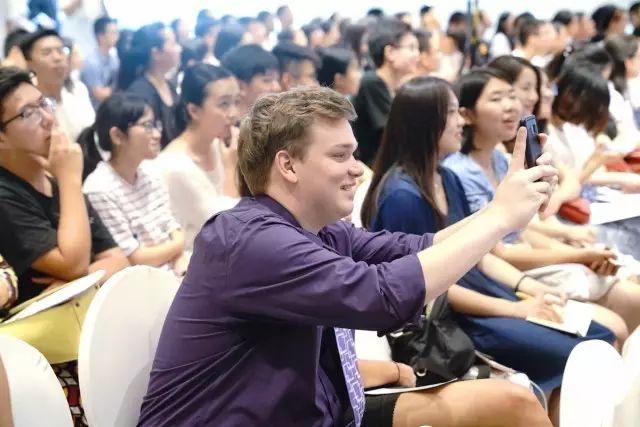
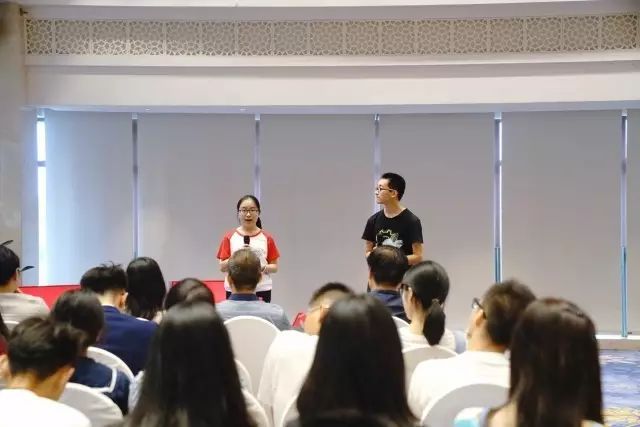


Show more
Sept 10th, 2017
Online
Social Media Interview
Social Media Interview
We also posted an introductory article about our project on the school's WeChat platform, PeerTutoring, talking about our experience during the research and giving advice for other students who are interested in synthetic biology and iGEM.
Show more
Oct 5th - Oct 6th, 2017
Beijin, China
China High School iGEM Conference
China High School iGEM Conference
On October 4th, 2017, Chinese Biology Engineering Publication Committee Chinese Bioengineering group and International Teenager Competition and Communication Center(ITCCC) hold he first CGEM Chinese conference for high school participators.
The conference aimed at providing a broad communicating platform for high school iGEMer, giving them an opportunity to make prepared presentation before the international competition. Meanwhile, the conference also wants to more excellent high school students can participate in the iGEM competition.
We use Chinese to present our project to make the presentation more understandable. One of the judgers, Mr.Lichun, the professor of Beijing Technology University, gave us some important advice after the presentation: he said we can illustrate the transfer of electron to make the operation of enzymes more clear. Also about the effect of our microbes will have on the ecosystem( he thinks E.coli is not suitable for the environment of pickle making) . So we make the decision of substituting Bacillus Subtilis for E.coli.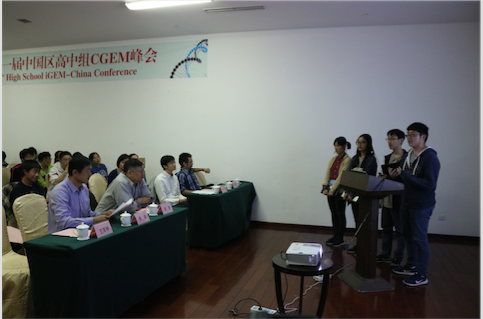

The conference aimed at providing a broad communicating platform for high school iGEMer, giving them an opportunity to make prepared presentation before the international competition. Meanwhile, the conference also wants to more excellent high school students can participate in the iGEM competition.
We use Chinese to present our project to make the presentation more understandable. One of the judgers, Mr.Lichun, the professor of Beijing Technology University, gave us some important advice after the presentation: he said we can illustrate the transfer of electron to make the operation of enzymes more clear. Also about the effect of our microbes will have on the ecosystem( he thinks E.coli is not suitable for the environment of pickle making) . So we make the decision of substituting Bacillus Subtilis for E.coli.


Show more
Oct 5th, 2017
Beijin, China
Visiting team UCAS
Visiting team UCAS
We went to University of Chinese Academy of Sciences and had a tour in their laboratory. The neat laboratory impressed us, and we learnt that a clean lab environment and strict regulation are indispensable to the success of experiment. We consulted about the activity test of our second enzymes-nitric reductase, and the constructing of the plasmid that can combine three enzymes. The students there showed us some pamphlet about their project. We explain our design route, the function of three enzymes, the positive feedback process, and the problems about the construction of plasmid of the integrating enzymes. They illustrated some methods to better construct our plasmid, which did us a good favor.
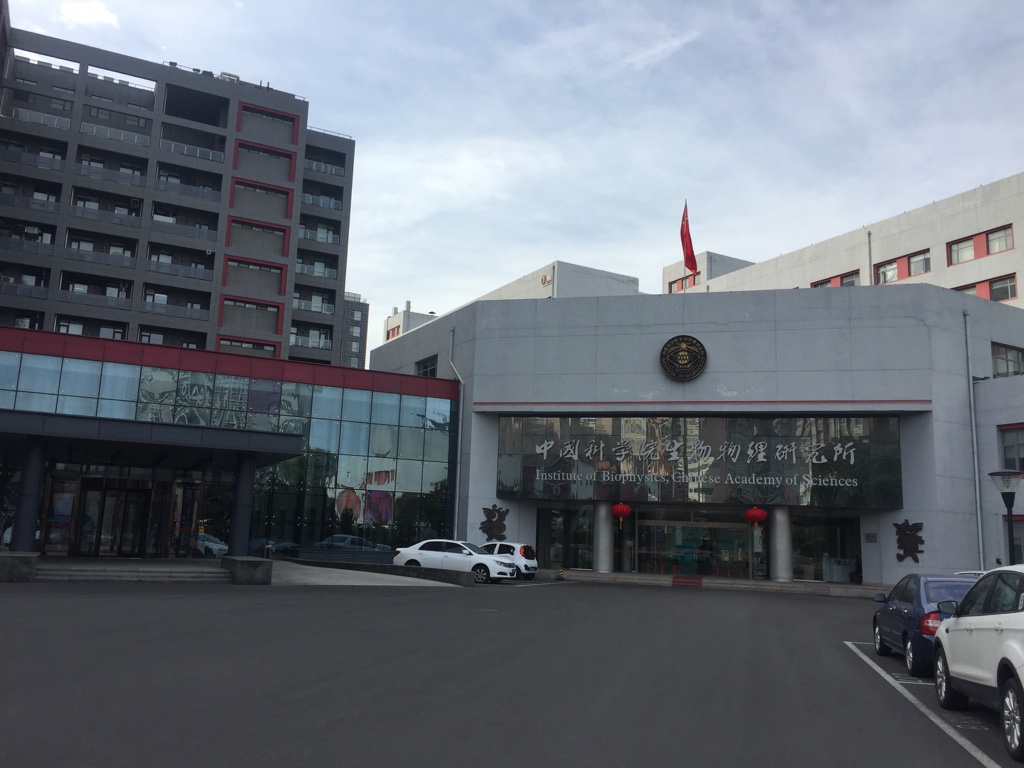
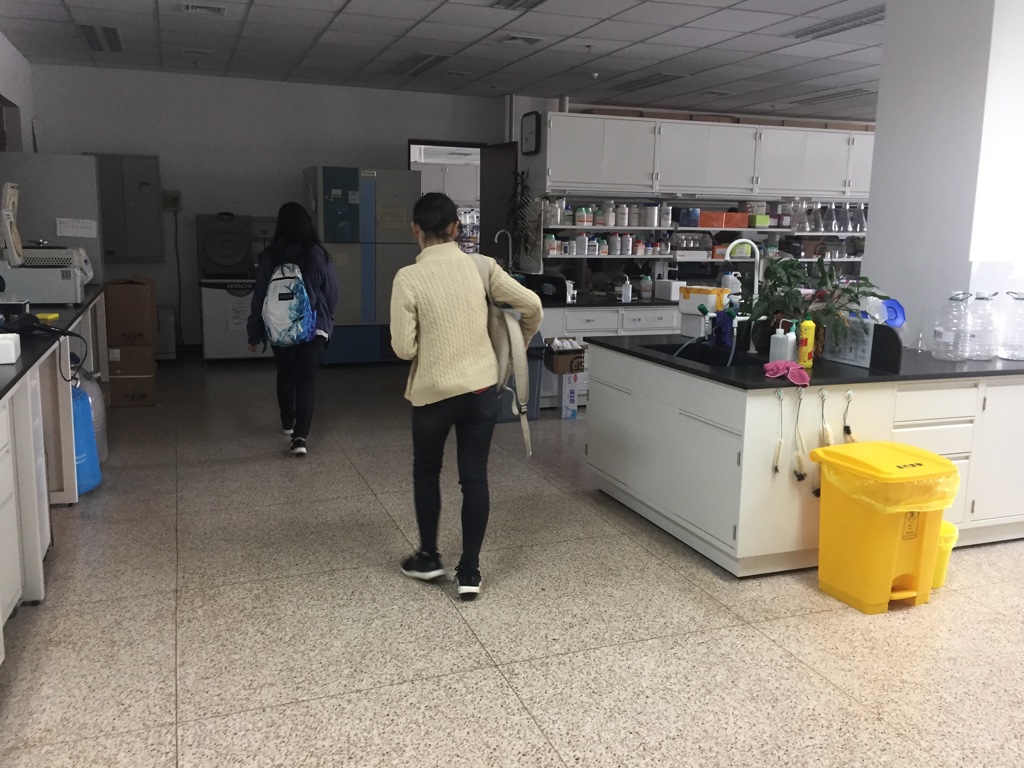


Show more
Oct 5th, 2017
Beijin, China
Visiting team Peking University
Visiting team Peking University
We went to Peking University, presenting our project to the students there. They gave us some advise about the arrangement of poster and presentation, sharing their experience with us. They also showed us their former projects: we are deeply impressed by one of their projects relating to infusion techniques, which inspired us about our projects related to the integrating enzymes. Also, their picturesque poster and the ppt also give us some inspiration: making the presentation of project more concise and understandable.

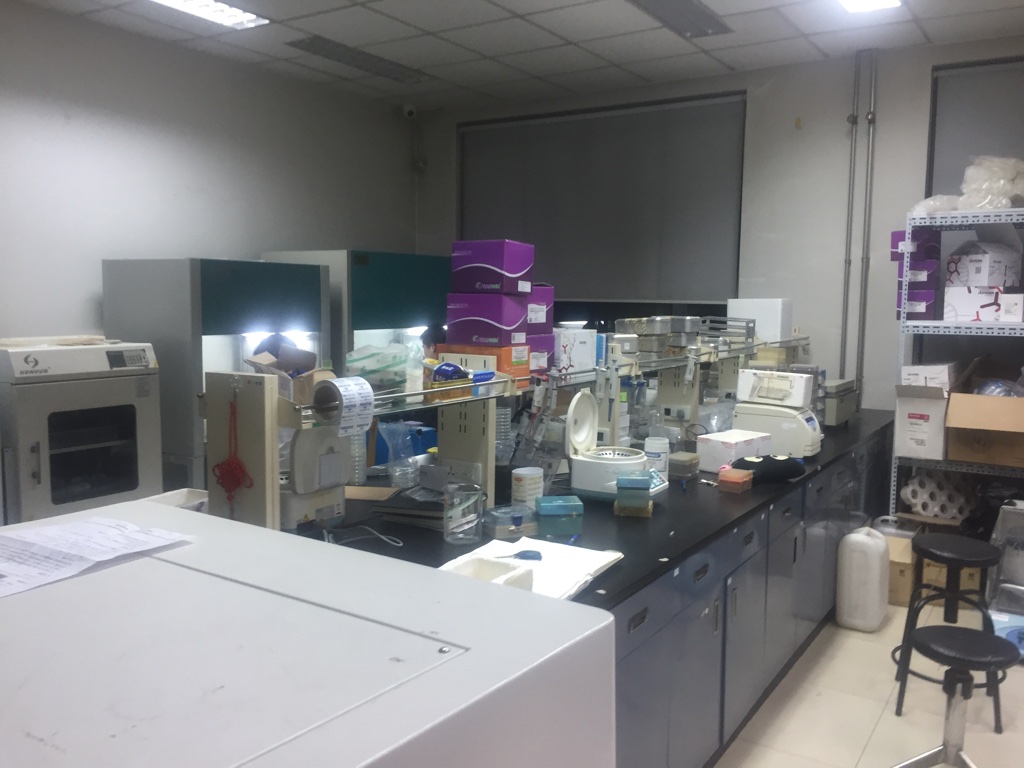


Show more

